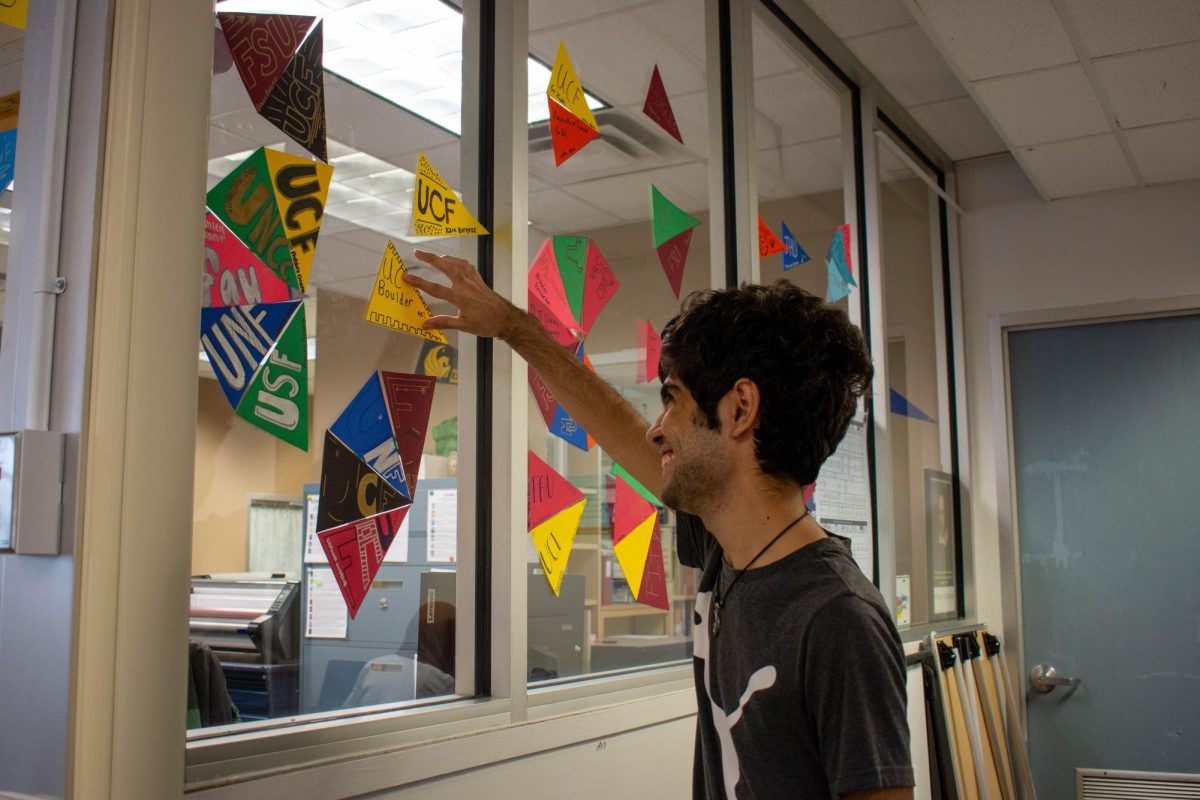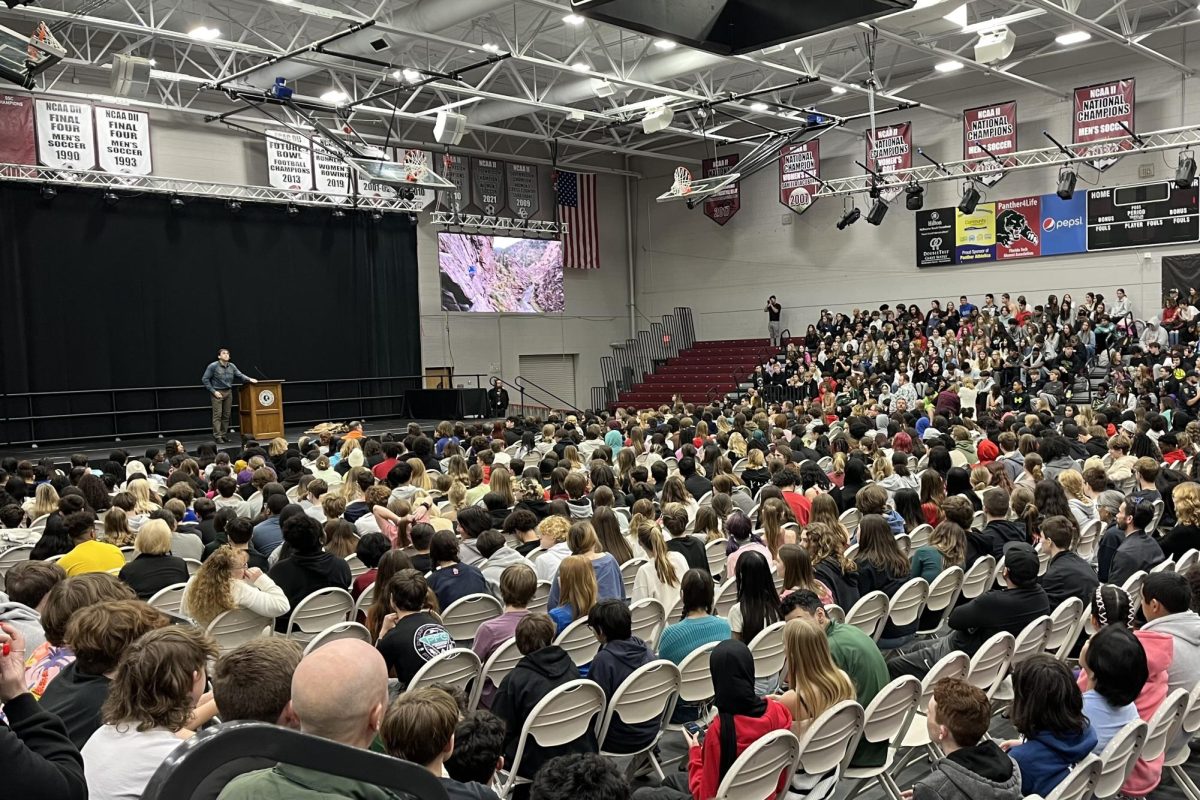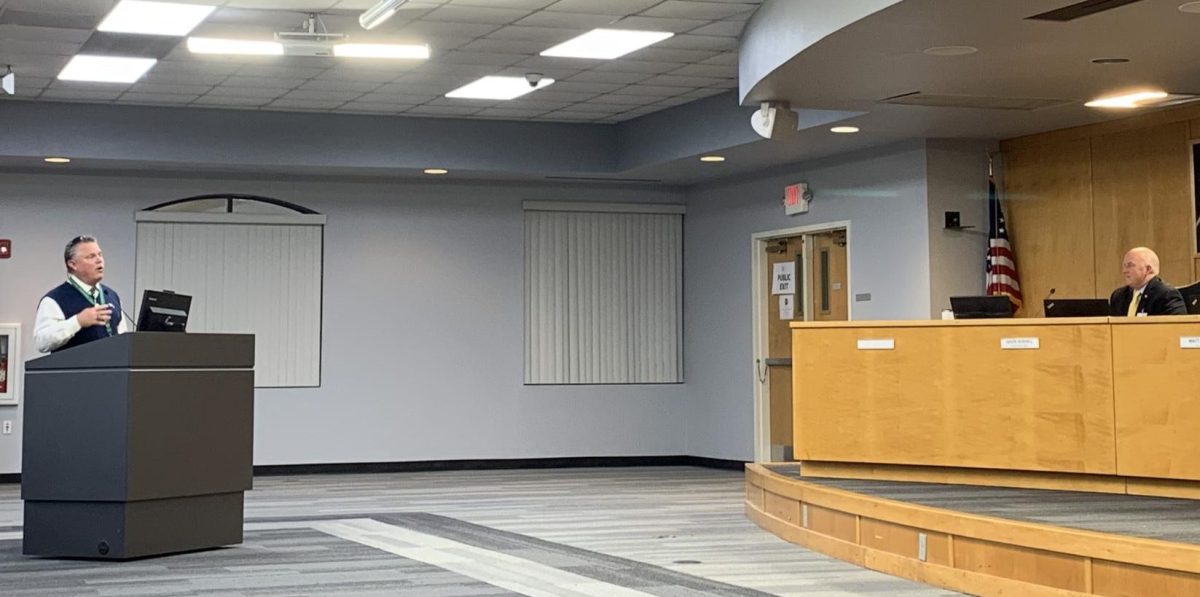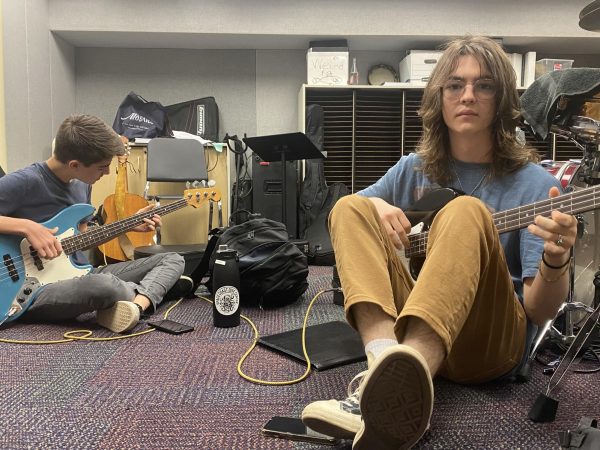Budget cuts leave teachers up in arms about supplies
October 8, 2018
Having already reformatted her lesson plans for the expected new textbook adoption, biology teacher Angela Feldbush was surprised to learn that the science department wouldn’t receive enough money to purchase the materials she had selected, despite the fact that the current textbooks are already more than a decade old.
Each core subject undergoes a textbook adoption cycle every six years. All instructional materials must be vetted by a team of evaluators before classroom use. Dr. Stephanie Soliven, assistant superintendent
of secondary leading and learning, offered an explanation for the confusion.
“We literally allocated every single dollar from the adoption,” Soliven said. “There were no cuts, just tough decisions to make.”
According to Soliven, the amount allocated by the state rounds out to about $70 per student. The textbooks chosen by the teachers at West Shore cost $175 each, plus additional materials. In deciding how to distribute funds, the district prioritized complete packages for required courses
before distributing the rest to “high enrollment” courses.
In a previous adoption process, the district gave the school enough money to buy only a class set of biology textbooks. The explanation was that since the class books included an online access code, the students wouldn’t require hardcover copies.
“We considered which courses are less textbook-dependent and more driven by multiple sources,” Soliven said.
That year, the money was taken out of internal funds to purchase enough textbooks for all the students. The school operates under two budgets: county and internal. The county budget splits up the funds into different categories, which are fixed variables that the school must use the money for.
The schools receive discretionary funds which are to be used for whatever the school sees necessary, though most of the funds go toward supplies and transportation. The distribution of roughly $20,000 to $30,000 is based on projections formed from previous years’ deficits.
The internal budget is raised by the school to be used in addition to the discretionary funds. This is
what largely covers school clubs and additional classroom costs. Occasionally this fund is used for school improvements, such as the TV production lab’s upgrades roughly four years ago.
“We are working with principals such as Rick Fleming on trying to identify additional funding sources,” Soliven said.
Despite the district’s promises, remain students and administrators concerned about the ability of the funding to support choice schools. Fleming expressed frustration at the textbook adoption process.
“I would probably say the timeliness in the adoption and reviewing of new textbooks [needs to be improved],” Fleming said. “[Along with] the flexibility for schools to be able to choose their own textbooks, the school has very little control.”
Meanwhile, students such as junior Kayla Aranda are upset at the perceived lack of support for honors and Advanced Placement courses.
“Why should my education suffer because the district didn’t consider my course to be important?” Aranda said.
In response to the district’s push toward online learning platforms to make up for the lack of textbooks, juniors Zoe Boyer and Julia Travis expressed dismay. Boyer said she was concerned about how the school would handle the increased demand for internet access.
“Half the time [the school’s computers] don’t even work,” Boyer said.
Travis focused on the ability for students to complete web-oriented work outside of school.
“The school should provide its students resources and not expect us to find a way to solve a problem [they] created,” Travis said. “Some students like myself don’t always have the luxury to access the internet any time of day.”

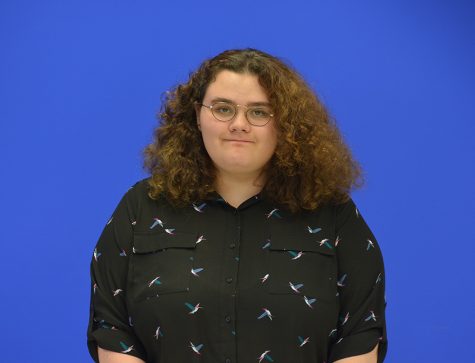
![The Melbourne Fire Department recognized coach and custodian Derrick Hamilton on April 16 with the Lifesaving Citizen Award during lunch. I would just react for anyone, Hamilton said. My love for children -- thats what it comes down to. [I am] where I am supposed to be.](https://westshoreroar.com/wp-content/uploads/2024/04/DSC_0639-1-e1713376507113-1200x805.jpg)

